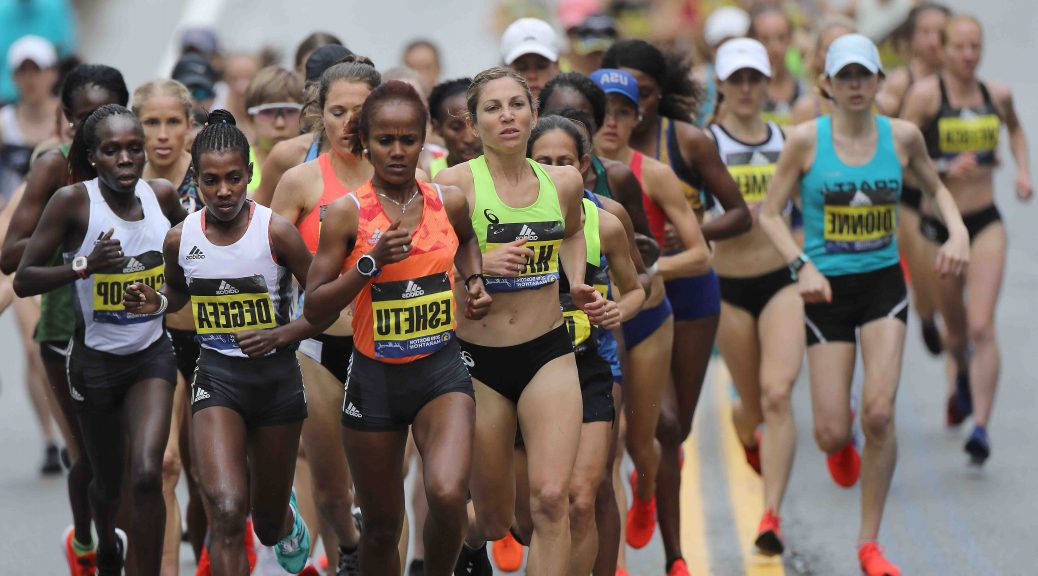
Voici les chaussures qui ont remporté le marathon de Boston au cours de la dernière décennie.
— Recommendations are independently chosen by Reviewed’s editors. Purchases you make through our links may earn us a commission.
Today, October 11, marks the extra-triumphant return of the Boston Marathon, after COVID-19 concerns canceled the April 2020 race outright and postponed the 2021 race by six months. The marathon, will see a mix of some of the world’s greatest athletes, time-qualifying amateur runners and charity-supporting beginners return to the streets of metropolitan Boston, ready to race again and celebrate the sport of running.
Tackle your holiday shopping early with deals and expert advice delivered straight to your phone. Sign up for text message alerts from the deal-hunting team at Reviewed.
Of course, that sport requires an important tool: a supportive pair of running shoes. The Boston Marathon is a great place to spot what’s currently trending in runner footwear. It’s where sponsored athletes wear the shoes stocked with the newest technology for pounding pavement at a shockingly fast pace for 26.2 miles straight.
To commemorate the last decade of the Boston Marathon, we’ve compiled a list of the sneakers that the winners wore, with a little background on each shoe and its technologies.
Table des matières
Nike Zoom Streak 3
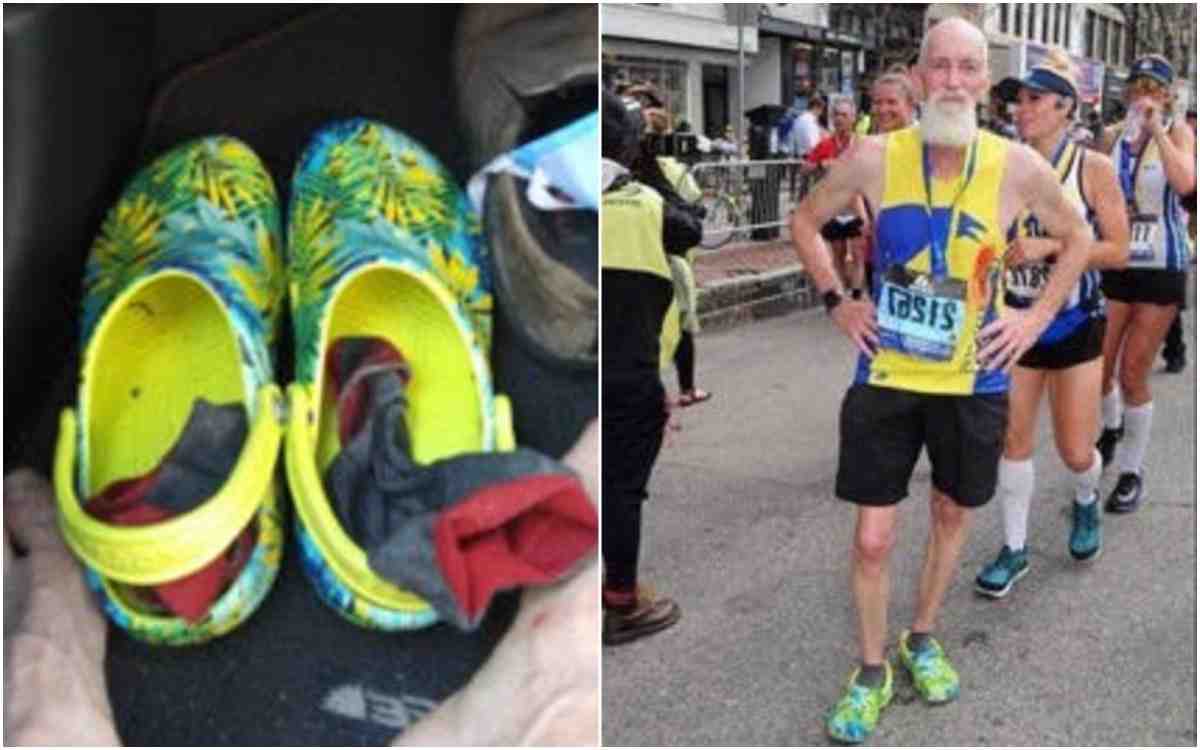
Runners: Robert Kiprono Cheruiyot (2010), Teyba Erkesso (2010), Wesley Korir (2012), Lelisa Desisa (2013 and 2015)
According to a now-deleted webpage at retailer Running Warehouse, the Nike Zoom Streak 3 debuted in 2010 and was best known for its one-piece breathable upper that provided significant water drainage should it get splashed through puddles. The Zoom Streak 3s first crossed Boston’s finish line in 2010 on the feet of Kenyan athlete Robert Kiprono Cheruiyot in a time of 2:05:52 and on women’s division winner Teyba Erkesso of Ethiopia in 2:26:11.
What’s extraordinary about this shoe is that it remained a popular marathoners’ choice for years after its introduction and subsequent newer model introductions. In 2012, the Nike Zoom Streak 3 won it all again in Boston, worn by Kenyan Wesley Korir, who clocked a winning time of 2:12:40. Two-time Boston champ Lelisa Desisa crossed the 2013 finish line in 2:10:22 and 2015’s in 2:09:17 (a full minute faster) wearing the same pair of Zoom Streak 3s. For an idea of how popular these shoes once were: Complex’s Sneaker Report counted the number of Nike Air Zoom Streak 3s seen in 2013’s Boston Marathon, and of the first 100 athletes to cross the finish line, 10 wore Streak 3s.
Per running blog Pavement Bound, some key differences between the older Zoom Streak 3 and its updated versions are that the newer models supposedly featured softer, more pliable uppers, but at the expense of the runner’s feet slipping inside the shoe while in movement. The Streak 3, by comparison, had a more rigid upper and lacked a heel counter—that supportive piece of material on the backside of a shoe that helps stabilize and the heel. Later Streak models added a heel counter. Without a heel counter, the Streak 3 made for a more natural-feeling foot strike on impact, which might explain why Korir and Desisa preferred running in a then-outdated sneaker.
All models of the Zoom Streak feature Nike’s patented Zoom Air cushioning, which is the type of foam used for its soles. Zoom Air technology relies on a small window of tensile fibers—that is, fibers made to withstand extreme tension—located in the heel of the shoe. These fibers compress on impact and spring back to their original state, which is intended to result in an explosive response as the foot lifts off the ground, helping propel the runner forward while alleviating some of the impact forces on the body.
Ethiopian Atsede Baysa, the 2016 winner of the women’s division, wore « discontinued Nike Zoom Air runners » as she pushed from behind to her victory in 2:29:19. Zoom Air is still used in shoes by Nike today in the Zoom Streak LT, a lighter-weight version of the original Streaks, and in the most recent iteration of 2010’s marathon shoe, the 2019-released Streak 7 (which may be ready for an update itself, as we could only find it for sale on eBay).
Adidas adiZero Adios Boost 1
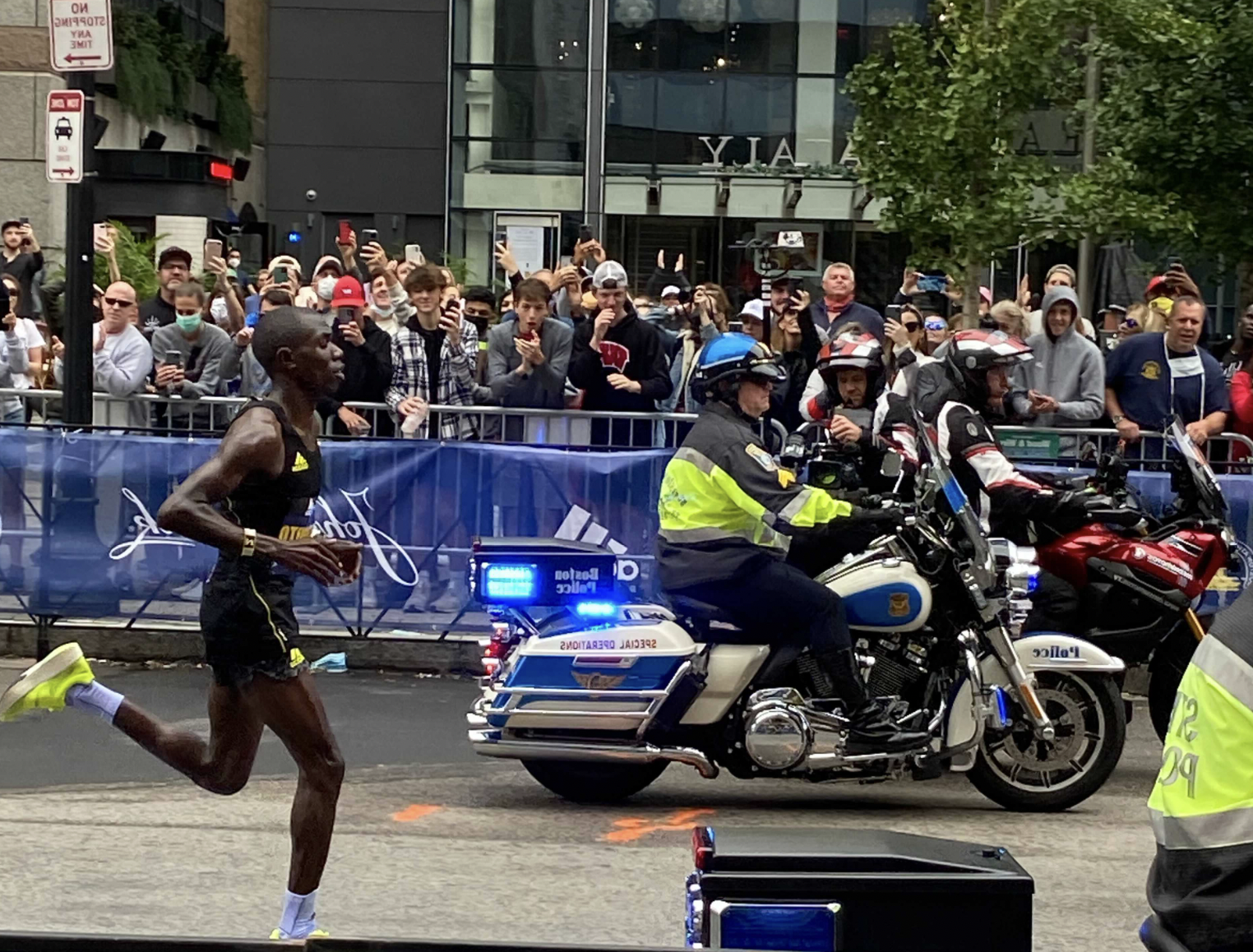
Runners: Geoffrey Kiprono Mutai (2011), Caroline Kilel (2011)
First, a little history. On September 28, 2008, Haile Gebrselassie shattered the then-world record for marathon running by becoming the first person to break the 2:04 barrier. He did it wearing the adiZero Adios Boost 1. It wasn’t until a few years later that the adiZero Adios won Boston when worn by Geoffrey Mutai, who nearly broke the 2:03 barrier and set the course record of 2:03:02 in the process. 2011’s women’s champ, Caroline Kilel of Kenya, crossed the finish line in 2:22:36 also wearing the Adios Boost 1.
Like Nike, Adidas has its own range of technology and patented shoe features. The 2011 Adios model included Adidas’ popular Boost technology before it was commercially released in 2013. That tech is located in the shoe’s midsole and is made with particles of thermoplastic polyurethane (TPU) that hold tiny pockets of air. On impact, these pockets absorb a runner’s ground impact and returns it back as rebound energy. Only Adidas’ top-sponsored athletes were able to try and test Boost technology before it hit the market, but today a variety of Adidas sneakers contain Boost midsoles.
The Adios Boost shoe still reigns supreme as Adidas’ premier running shoe, and its latest generation is the Adios 6.
Adidas adiZero Adios Boost 2
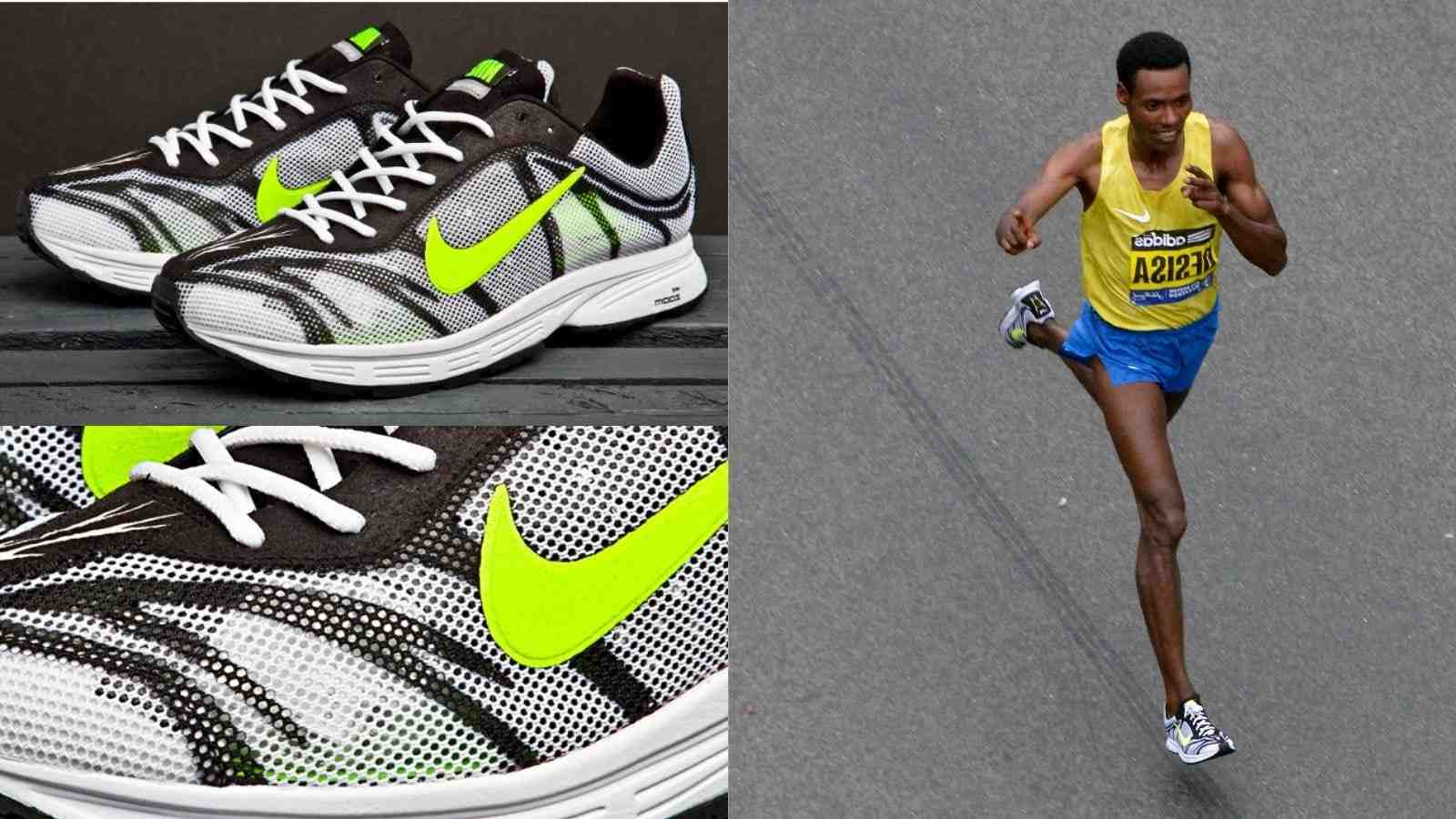
Runners: Lemi Berhanu Hayle (2016), Worknesh Degefa (2019, in the Adios Boost 3)
At age 21, Lemi Berhanu Hayle became one of the youngest winners of the Boston Marathon, clocking his 26.2 miles in 2:12:45. He did it sporting a pair of adiZero Adios Boost 2s, an updated model of the sneakers Mutai wore in 2011. The differences between the Adios 1 and Adios 2 are subtle: Adidas kept the same sole between the shoes so as to not change the ride or feeling for runners who adored the former version. The brand updated the shoe in its upper, making it softer and more breathable. Curiously, the adiZero Adios Boost 2s were discontinued by the time Hayle raced in them in April 2016, as Adidas had released the Adios Boost 3 a month before the annual Boston race.
Last year, Adidas released the adiZero Adios Pro, offering several technological upgrades to the classic Adios Boost line. The Pro features carbon-infused rods in its midsole, called EnergyRods, that supposedly mimic the bones of the foot and create less physical impact on the body while in motion. They also purport to help runners maintain speed for longer. Adidas updated the Adios’ cushioning with the LightstrikePRO, which is “the most responsive and softest” foam Adidas had made to date. Today, that shoe exists in its second-generation form, the adiZero Adios Pro 2. According to Adidas’ Sam Handy, vice president of the company’s design and running division, the newest Pro is “the greatest running shoe that we’ve ever built.”
In 2019, Ethiopian athlete Worknesh Degefa ran (and won) her first-ever Boston Marathon in 2:23:31 wearing a pair of Adidas’ adiZero Adios Boost 3 in mint blue. Those shoes have also been discontinued, though you can find a similar pair of adiZero Boston 10s in the same hue of blue Degefa ran in.
Skechers GOmeb Speed 3
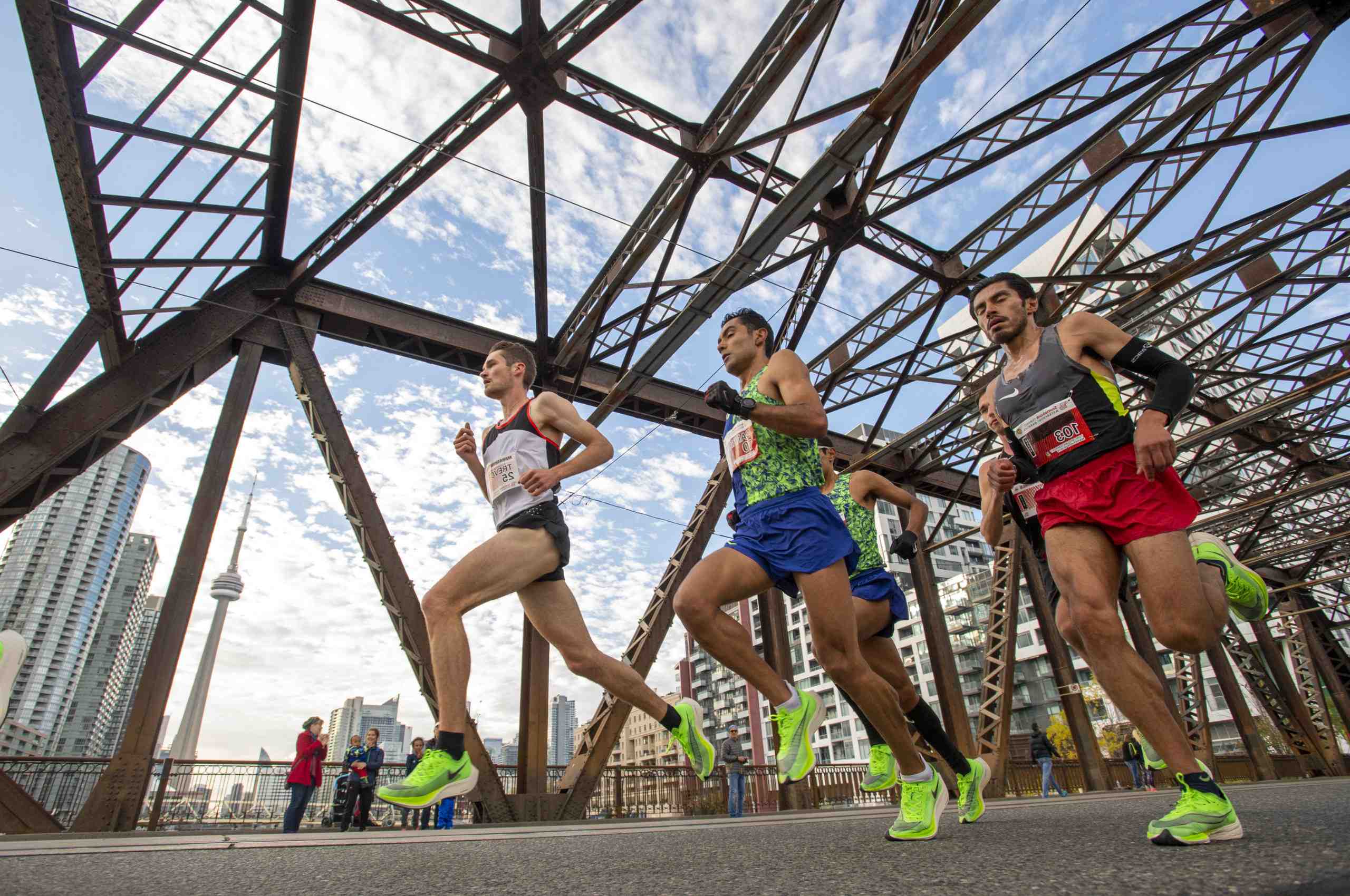
Those who remember Skechers’ dominance in the ‘90s most likely recognize the brand for its casual or workwear offerings. Although Skechers has a solid reputation in comfy beaters, the brand began producing performance running sneakers when it launched its GOrun line in 2011. It was that year that Skechers got serious about competing against the running tech of its rivals, later hiring U.S. marathoner Meb Keflezighi to help design a namesake shoe in the line.
In 2014, both Skechers and Keflezighi won the Boston Marathon when the GOmeb Speed 3 crossed the finish line in 2:08:37 on the elite runner’s feet, thus solidifying him as Skechers’ brand ambassador. The GOmeb Speed 3 was known for a mix of synthetic leather and mesh on its upper, its light weight and its soft cushioning. After Keflezighi’s victory, Skechers updated the GOmeb Speed 3 with a fully knitted upper to make it more breathable.
Today, Skechers is on its sixth generation of the shoe. It also renewed its contract with Meb Keflezighi through 2023. The GOmed Speed 6 uses an outsole made by Goodyear (yes, the tire company) and a patented Hyper Burst technology, which is a foam comprised of hundreds of thousands of cells that results in a durable yet super-airy cushion that bounces back on impact.
Asics Sortiemagic RP2
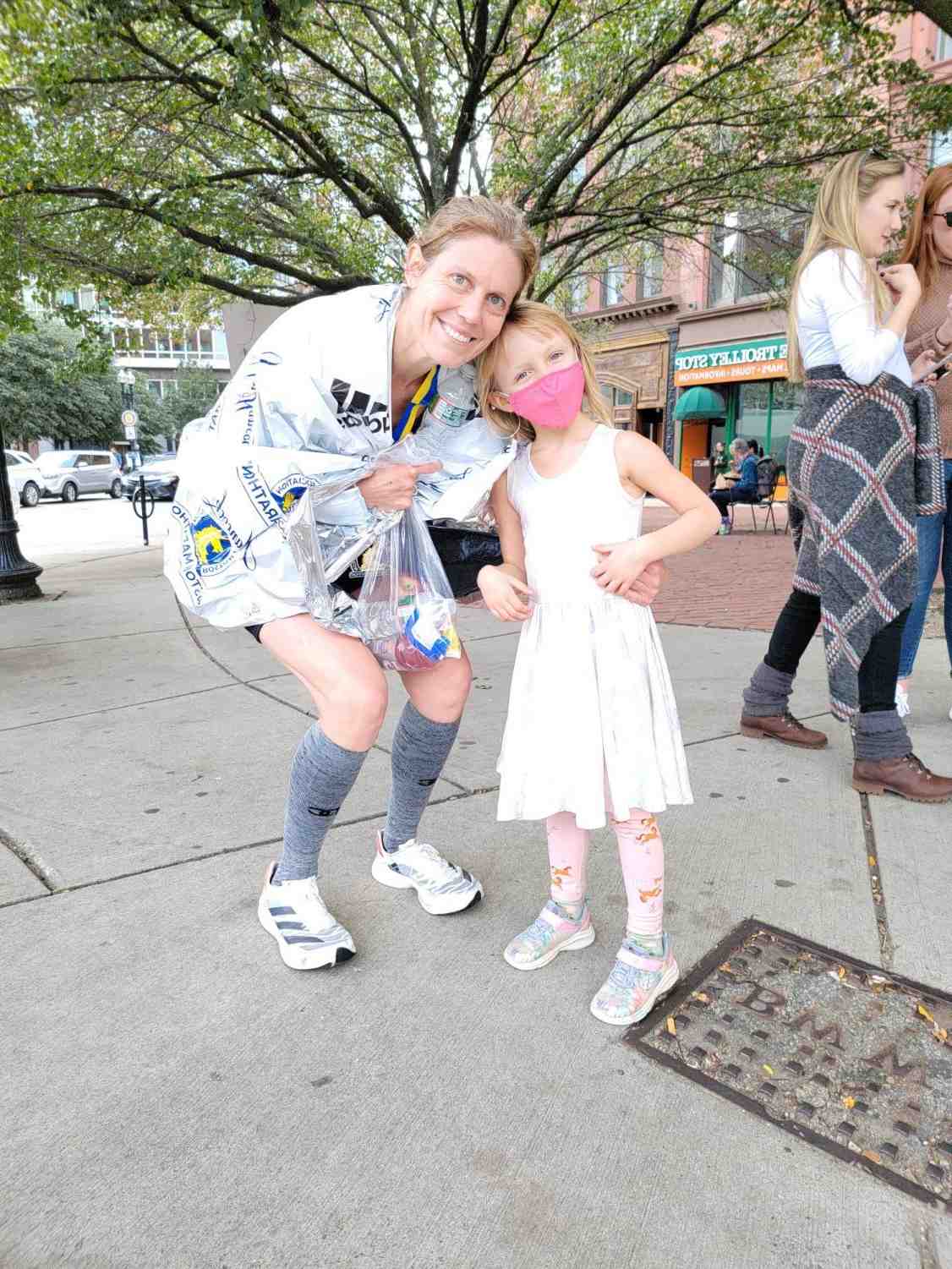
There’s not a lot of information out there about Asics’ Sortiemagic RP2, the Japanese-made sneaker worn by Yuki Kawauchi during his 2018 Boston Marathon win (time: 2:15:58). A tweet by Asics America confirmed that the Kawauchi wore the Sortiemagic RP2, but that they weren’t yet available for sale in the U.S. The race itself was held on a particularly cold and wet day, with the temperatures hovering around 40°F and periodic downpours as well as hail that Kawauchi endured for his win. In fact, the shoes he wore may deserve some of the credit, as they feature a well-tractioned sole designed to perform well in wet conditions.
Since Kawauchi’s win, Asics introduced the line of shoes in America, beginning with the Sortiemagic RP4. The lightweight, breathable shoe features a low-profile, flat sole, a style of running shoe that’s more popular in Japan. If we can assume the technology of the Sortiemagic RP2 is similar to that of the current day RP4 or RP5, it’s likely that the shoe Kawauchi wore in 2018 featured Asics’ SpEVA and Trusstic technology. SpEVA is a combination of ethylene-vinyl acetate (EVA) and rubber ball material, which claims to help with shock absorption and rebound. The company’s Trusstic tech comprises a patented resin located in the middle of the shoe’s outsole that adds stability to the sneaker, preventing runners from twisting their feet during movement.
Brooks Hyperion Elite
American Desiree Linden crossed the Boston finish line first for women in 2018 (time: 2:39:54), wearing a prototype shoe from Brooks, the Hyperion Elite. The Hyperion Elite’s upper is extremely thin and lightweight, while its outsole comes equipped with Brooks’ patented Green Rubber traction which no doubt helped keep Linden going on that particularly rainy and wet marathon day. The shoe carries Brooks’ patented DNA Zero foam, as well as a carbon plate, which helps move the foot forward and propel the runner with less energy. Linden reportedly received her pair of Hyperion Elite sneakers just three days before the Boston Marathon.
After the Hyperion Elite’s debut in 2019, the brand followed up the next year with a more advanced version of the shoe, as well as a spinoff: the Hyperion Elite 2 and Hyperion Elite Tempo. According to Brooks, the Hyperion Elite Tempo is the shoe to wear while training for a marathon, while the Hyperion Elite 2 is to be worn during that marathon. In an interview with Wired last year, Linden described her prototype Hyperion Elite shoes as rigid and aggressive, while comparing the Tempo to a workhouse that’s comparatively « much more forgiving on the legs. » Like the current version of the Adidas Adios Pro, the Hyperion Elite has been described as an answer to Nike’s Vaporfly (up next).
Nike Zoom Vaporfly 4
Runners: Geoffrey Kirui (2017), Edna Kiplagat (2017), Lawrence Cherono (2019, in a Flyknit version)
A day after Geoffrey Kirui won the Boston Marathon in a time of 2:09:37, Nike dropped a press release introducing the Zoom Vaporfly 4% as “the shoe that crossed the finish line first in Boston yesterday—twice.” In fact, the shoe was worn by all three male podium finishers, first-place Kirui, second-place Galen Rupp of the U.S. and third-place Suguru Osako of Japan, as well as the female winner, Edna Kiplagat of Kenya (time: 2:21:52) and third-place woman, American Jordan Hasay—all of whom were Nike sponsored athletes. (Per race photos, second-place woman Rose Chelimo of Bahrain wore Nikes, too, but most likely not the Vaporflys, or else she would’ve made the press release.)
The April race hyped up fans and runners for a June commercial release of the shoe, which, according to Nike-funded studies has the ability to increase a runner’s efficiency by up to 4.2%, hence the name. The Vaporfly 4% achieves this via two main technologies: a shoe-length carbon plate that claims to “minimize energy loss during toe bend without increasing demand for the calf,” and a new foam technology Nike calls ZoomX. The shoe’s soles are made with Pebax, commonly used in airplane insulation. That Pebax got repurposed for ZoomX, which made for a lighter, bouncier midsole foam for Nike’s Vaporfly. These shoes have been subject to controversy, with some claiming it to be a form of “technological doping” that increases runner speeds at an unfair advantage.
Nevertheless, the marketing and headlines around this shoe made it a smash hit for Nike, and the line is still as popular in 2021 as it was in 2017, essentially replacing the Zoom Streak as the go-to marathon shoe. The controversy and proposed ban of Vaporflys from the 2020 Tokyo Olympics only furthered the hype.
The last time runners ran Boston, Lawrence Cherono won the 2019 race in a time of 2:07:57 wearing a pair of crimson Nike Vaporfly 4% sneakers. The only difference between Cherono’s shoe and 2018 winner Kirui’s lie in the upper. Cherono’s Vaporfly 4%s were outfitted with the company’s Flyknit technology, which upgrades the upper with high-strength fibers that add more stretch and breathability. It also gives the shoe the appearance of a sock.
In 2019, the shoe was rebranded as the Nike ZoomX Vaporfly NEXT%, to push the idea that speed achievements know no limits. The newest version of the shoe is the Nike ZoomX Vaporfly NEXT% 2, but other shoes from Nike offer the ZoomX foam, including the Invisible Run Flyknit and the SuperRep Surge.
Don’t get thwarted by shipping delays or sold-out favorites this holiday season. Sign up for our free weekly newsletter and get the product reviews, deals and holiday gift guides you need to start shopping now.
The product experts at Reviewed have all your shopping needs covered. Follow Reviewed on Facebook, Twitter, Instagram, TikTok or Flipboard for the latest deals, product reviews and more.
Prices were accurate at the time this article was published but may change over time.
Pourquoi le marathon de Boston est-il si prestigieux ?
It is traditionally held on Patriots’ Day, the third Monday of April. Begun in 1897, the event was inspired by the success of the first marathon competition in the 1896 Summer Olympics. The Boston Marathon is the world’s oldest annual marathon and ranks as one of the world’s best-known road racing events.
Is Boston Marathon tough? The Boston Marathon has tough qualifying standards, and even if you run a BQ, there’s no guarantee you’ll get in. Each year, there are more qualified runners than available spots.
Le marathon de Boston est-il réservé aux coureurs d’élite ?
But it’s not just the elite runners that make this race special â it’s also steeped in history â part of what makes this marathon so unique is all the ways the spirit of Boston shines through. … But this ceremonious tradition stems from the marathon’s birthplace, Marathon, Greece.
Que gagnez-vous en gagnant le marathon de Boston ?
Winning the Boston Marathon is one of the greatest achievements for a runner. As one of the six World Marathon Majors, it also comes with a nice prize purse. For 2021, the winner of the men’s and women’s open divisions will take home $150,000, and second place wins $75,000.
What do you get if you win a marathon? When you win a marathon, of course you get money. You get some fame, you get shoe deals (if the race is big), some other endorsement contracts, etc. That is most big marathons.
Vous recevez de l’argent pour avoir gagné le marathon de Boston ?
This year marks the first time the Boston Marathon will award monetary prizes to the top finishers of the para division, according to the Boston Athletic Association. For the open division, the fastest overall man and woman each win $150,000. Second place for each category gets $75,000, and third takes home $40,000.
Que portent les marathoniens ?
Marathon Gear Checklist
- Comfortable running shoes.
- Sweat-wicking socks.
- Technical running top.
- Running bra.
- Running shorts, tights or pants.
- Hydration System.
- Nutrition plan.
- Chafe protection.
What trainers are the marathon runners wearing? The latest of their shoes built for the 10k and marathon are the ZoomX Vaporfly Next% 2, released in February. Nike’s newest update on their carbon fiber plate distance running shoes are the ZoomX Vaporfly Next% 2. They’re just one of the high-tech shoe options athletes will be sporting at the Olympics.
Pourquoi les marathoniens ont-ils l’air en si mauvaise santé ?
âWhy do marathon runners look so unhealthy? They look like their bodies are eating themselves. They look much older, their skin is drawn, eyes sunken⦠it just doesn’t look healthy. … A lot of runners feel that they can âeat anythingâ and they often do.